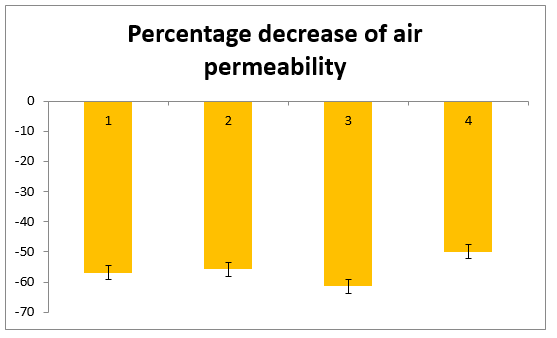Testing the car seat's comfort
DOI:
https://doi.org/10.25367/cdatp.2020.1.p141-147Keywords:
comfort, car seat, heat transferAbstract
In this paper, four commonly used car seat covers, made from leather as well as from woven, knitted and 3D spacer fabrics are tested as sandwiched and separate layers to determine the effect of the lamination and layers on air and water vapor permeability. Different combinations of interlining materials are also tested to obtain the optimum comfortable car seat cover. This analysis gives us a real idea of which layer negatively affects the breathability of the car seat. The focus of this part of research was to identify the issues within the car seat material instead of factors like external cooling or the clothing of the driver. It was observed that the polyurethane (PU) foam and lamination significantly reduce the permeability of the car seats. The 3D spacer fabric shows the best top layer properties as compared to classical woven, leather or knitted car seat covers. The research shows how layers and lamination cause thermo-physiological discomfort of car seats.

Downloads
Published
How to Cite
Issue
Section
License
Copyright (c) 2020 Adnan Mazari

This work is licensed under a Creative Commons Attribution-NonCommercial-NoDerivatives 4.0 International License.





